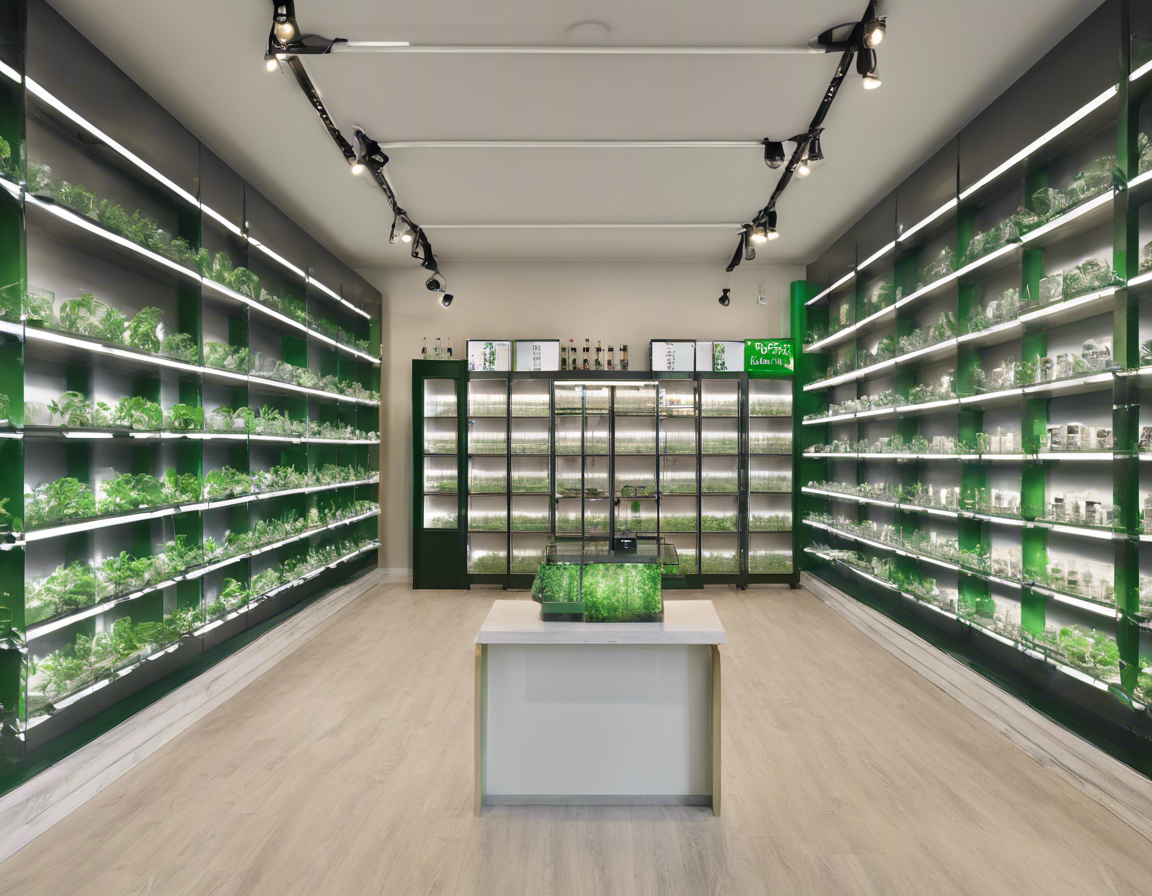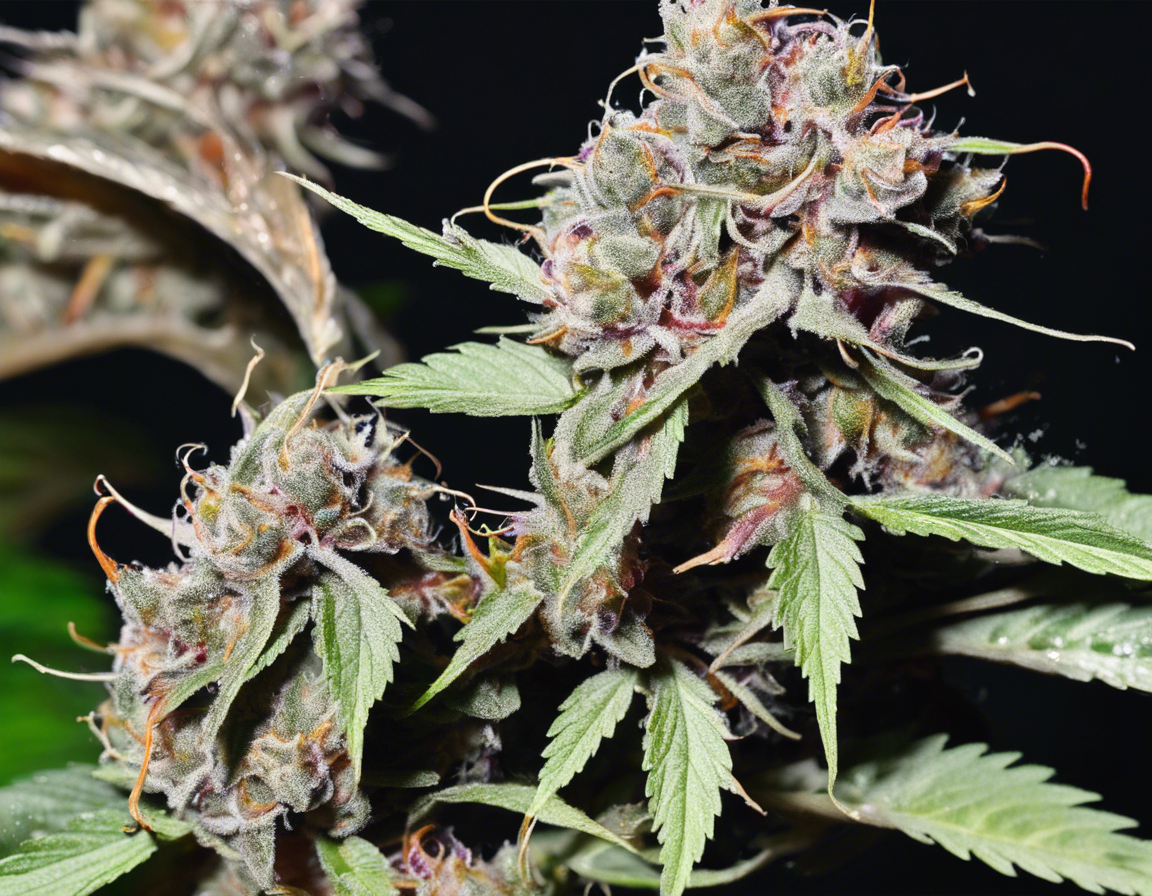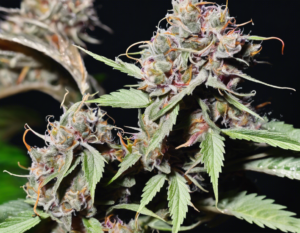The Rise of Vertical Dispensaries in the Cannabis Industry
The cannabis industry continues to experience exponential growth and evolution, with new trends and innovations constantly shaping the market landscape. One particular trend that has been gaining momentum is the rise of vertical dispensaries.
Traditionally, cannabis dispensaries operate by focusing on one aspect of the supply chain, either cultivation, processing, or retail. However, vertical dispensaries are unique in that they handle all aspects of the supply chain under one roof. This means they oversee the cultivation, processing, and retailing of cannabis products, providing a comprehensive and seamless experience for consumers.
The Evolution of Vertical Dispensaries
Vertical integration in the cannabis industry has become increasingly popular for a variety of reasons. By consolidating all operations into one facility, vertical dispensaries have more control over the quality and consistency of their products. From cultivation techniques to processing methods and retailing practices, having all operations in-house allows for a higher level of oversight and standardization.
Additionally, vertical dispensaries can streamline their processes, leading to increased efficiency and cost savings. By eliminating the need to outsource certain steps in the supply chain, such as processing or packaging, these dispensaries can reduce overhead costs and potentially offer more competitive pricing to consumers.
Advantages of Vertical Dispensaries
1. Quality Control: By managing every step of the production process, vertical dispensaries can ensure that their products meet high-quality standards. From seed to sale, they have full control over the growing conditions, extraction methods, and packaging of their products.
2. Consistency: With all operations centralized, vertical dispensaries can maintain consistency across their product line. This means consumers can expect the same level of quality and potency with every purchase.
3. Innovation: Vertical dispensaries have the flexibility to experiment with new strains, products, and delivery methods. By having all operations in-house, they can quickly adapt to consumer trends and preferences in the market.
4. Brand Loyalty: By offering a comprehensive and seamless experience, vertical dispensaries can build strong relationships with consumers. This loyalty can lead to repeat business and word-of-mouth referrals.
Challenges of Vertical Integration
While there are many advantages to operating a vertical dispensary, there are also some challenges to consider:
1. High Initial Investment: Setting up a vertical dispensary requires significant capital investment to establish cultivation facilities, processing labs, and retail spaces. This barrier to entry can be a deterrent for small businesses or entrepreneurs.
2. Regulatory Compliance: Managing all aspects of the supply chain means vertical dispensaries must navigate a complex web of regulations and compliance requirements. Staying up-to-date with changing laws can be a time-consuming and costly process.
3. Risk Management: Any disruption in one part of the supply chain can have a ripple effect on the entire operation. From crop failures to processing errors, vertical dispensaries must be prepared to manage and mitigate risks at every step.
4. Resource Allocation: Balancing the needs of cultivation, processing, and retailing simultaneously requires careful resource allocation. From personnel to equipment, vertical dispensaries must ensure they have the capacity to meet demand across all areas.
The Future of Vertical Dispensaries
As the cannabis industry continues to mature and expand, vertical dispensaries are likely to play a significant role in shaping its future. With consumers increasingly demanding transparency, quality, and convenience, these integrated operations are well-positioned to meet those needs.
In addition, as regulations evolve and market competition increases, vertical dispensaries may offer a competitive advantage by having greater control over their supply chain and operations. This control can lead to faster innovation, higher product quality, and a stronger brand presence in the market.
Overall, the rise of vertical dispensaries signals a shift towards a more sophisticated and integrated approach to cannabis production and retailing. By combining cultivation, processing, and retailing into one seamless operation, these businesses are setting new standards for quality, consistency, and customer experience in the industry.
Frequently Asked Questions (FAQs)
1. What is the difference between a vertical dispensary and a traditional dispensary?
A traditional dispensary focuses on one aspect of the supply chain, such as cultivation, processing, or retailing. A vertical dispensary integrates all these aspects under one roof, managing everything from seed to sale.
2. Are vertical dispensaries more expensive for consumers?
While the cost of products at vertical dispensaries can vary, some may offer more competitive pricing due to streamlined operations and cost savings from vertical integration.
3. How do vertical dispensaries ensure quality control?
By overseeing every step of the production process, including cultivation, processing, and retailing, vertical dispensaries can closely monitor and manage the quality of their products.
4. Can vertical dispensaries offer a wider variety of products?
Yes, vertical dispensaries have the flexibility to experiment with new strains, products, and delivery methods, leading to a potentially wider variety of offerings for consumers.
5. What are the regulatory challenges faced by vertical dispensaries?
Managing compliance with a complex web of regulations and requirements across cultivation, processing, and retailing can be a significant challenge for vertical dispensaries.
6. Do vertical dispensaries have an advantage over traditional dispensaries in the market?
Vertical dispensaries may have a competitive advantage in terms of quality control, consistency, and innovation due to their integrated operations and greater control over the supply chain.
7. How do vertical dispensaries handle risk management?
Vertical dispensaries must be prepared to manage and mitigate risks at every step of the supply chain, from crop failures to processing errors, to ensure the smooth operation of their business.
8. Can small businesses or entrepreneurs enter the market with a vertical dispensary model?
Setting up a vertical dispensary requires significant capital investment, which can be a barrier to entry for small businesses or entrepreneurs looking to establish integrated operations.
9. What are the benefits of brand loyalty for vertical dispensaries?
By offering a comprehensive and seamless experience, vertical dispensaries can build strong relationships with consumers, leading to brand loyalty, repeat business, and word-of-mouth referrals.
10. How do vertical dispensaries adapt to changing consumer preferences and market trends?
With all operations in-house, vertical dispensaries have the flexibility to quickly adapt to consumer trends and preferences, allowing them to innovate and stay competitive in the market.














Post Comment